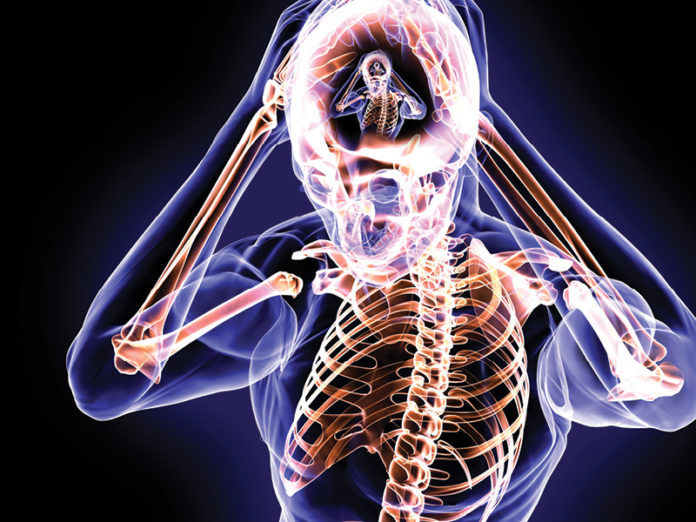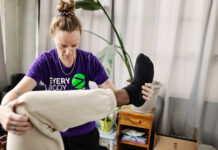
While awareness about the serious nature of concussions is rising, there is still a gap in the education around the process of properly reporting, diagnosing, rehabilitating and making return-to-action decisions following a concussion or mild traumatic brain injury.
Concussions are complicated injuries and there is no one test that can confirm whether you have one or not. Rather, a collection of data including a thorough clinical history, physical exam, symptom scoring, balance assessment and computerized neurocognitive testing, are all tools used in the assessment, diagnosis and management of concussion. The three main areas affected are balance, vision and cognitive function.
There are numerous examples of elite athletes who have had lengthy and public recoveries from concussion, despite having the top medical and rehabilitative care. For grassroots level athletes, the emphasis needs to be on better identifying who is at risk of concussion and providing timely access to evidence-based interdisciplinary care.
While 80-90 per cent of concussions resolve in 7-10 days (longer in adolescents) there are about 10-20 per cent of victims who suffer from post-concussion syndrome. The effects can be debilitating and those who experience or witness this syndrome in others quickly realize how deeply it strips away a person’s quality of life.
Calgarian Ryan Hopping suffered post-concussion syndrome following a hockey accident. “The treatment was frustrating for me because I’m used to injuries that have a more clear set recovery time, like a broken wrist. Resting my brain was a lot more difficult than just resting an injured body, but having an active role and seeing the results of treatment helped me stay positive in the slow recovery process.”
There are advancing methods of testing and treating these systems to aid in quicker recovery, but like any injury, active and guided rehabilitation must be the cornerstone. Baseline testing — testing an athlete in an uninjured state — is highly beneficial information that allows concussion specialists to get an accurate and objective reference point to work from in rehabilitating a brain trauma.
Baseline testing measures balance, cognitive function and vision. There is a wide range of normal for these tests, which makes it helpful to have a baseline that establishes what is normal for a particular individual. Having baseline data allows a clinician access to better information to recognize which systems are most affected by the concussion, provide rehabilitation and, most importantly, aid in a medical doctor’s decision of when someone can safely return to activity. Delaying treatment or returning too soon can be detrimental in prolonging the recovery, or worse, resulting in second impact syndrome, a more complicated and serious type of brain injury.
Do I Have a Concussion?
One misconception is that concussions only happen with direct head trauma. However, any movement that creates a whipping motion of the head can lead to a concussion.
Presence of any one or more of these signs and symptoms may indicate a concussion.
1. Cognitive Symptoms
- Difficulty with concentration/memory
- Sensitivity to light/sound
2. Affective Symptoms (changes to mood/mental health)
- Confusion
- Emotional/irritable/anxious
- Feel like ‘in a fog’
3. Physical Symptoms
- Headache/neck pain
- Dizziness or blurred vision
- Sleep disturbances/fatigue
4. Visible Clues
- Loss of consciousness
- Unsteadiness
- Dazed or vacant look
If you think you have suffered a concussion, get immediate medical attention. Remember that 80-90 per cent will resolve within two weeks if properly managed.
















